Respite
There are two types of Respite services available under the Traditional Option, each of which is described in detail in its specific section below. The two types of Respite provided by The Arc are:
- In-Home Respite
- Out-of-Home Respite
In-Home Respite
In-Home Respite services are specifically designed to provide temporary substitute care normally provided by a family member or a Specialized Family Care Provider. The services are to be used for relief of the primary caregiver(s) to help prevent the breakdown of the primary caregiver(s) due to the physical burden and emotional stress of providing continuous support and care to the dependent person who receives services. In-Home Respite services consist of temporary care services for an individual who cannot provide for all their own needs. Persons providing In-Home Respite services may participate in person-centered planning.
In-Home Respite services may be used to:
- Allow the primary care giver to have planned time from the caretaker role;
- Provide assistance to the primary caregiver in crisis and emergency situations;
- Ensure the physical and/or emotional well-being of the primary caregiver by temporarily relieving them of the responsibility of providing care; and
- Support the person who receives services while the primary caregiver works outside the home.
Out-of-Home Respite
Out-of-Home Respite services are provided out of the home where the individual resides and are specifically designed to provide temporary substitute care normally provided by a family member or a Specialized Family Care Provider. The services are to be used for relief of the primary caregiver(s) to help prevent the breakdown of the primary caregiver(s) due to the physical burden and emotional stress of providing continuous support and care to the dependent person who receives services. Out-of-Home Respite services consist of temporary care services for an individual who cannot provide for all of their own needs. Persons providing Out-of-Home Respite services may participate in person-centered planning.
Out-of-Home Respite services may be used to:
- Allow the primary caregiver to have planned time from the caretaker role;
- Provide assistance to the primary caregiver in crisis and emergency situations;
- Ensure the physical and/or emotional well-being of the primary caregiver by temporarily relieving them of the responsibility of providing care; and
- Support the person who receives services while the primary caregiver works outside the home.


